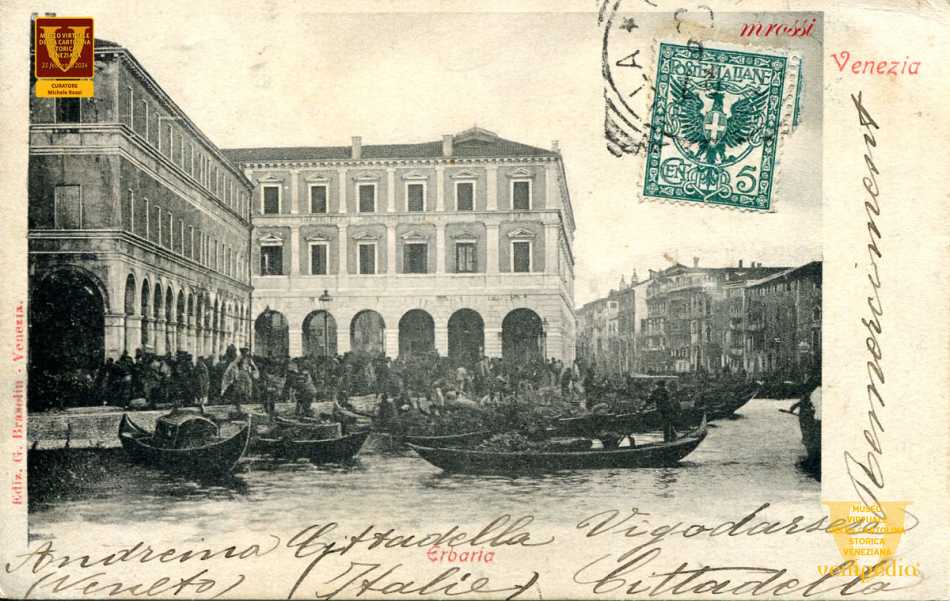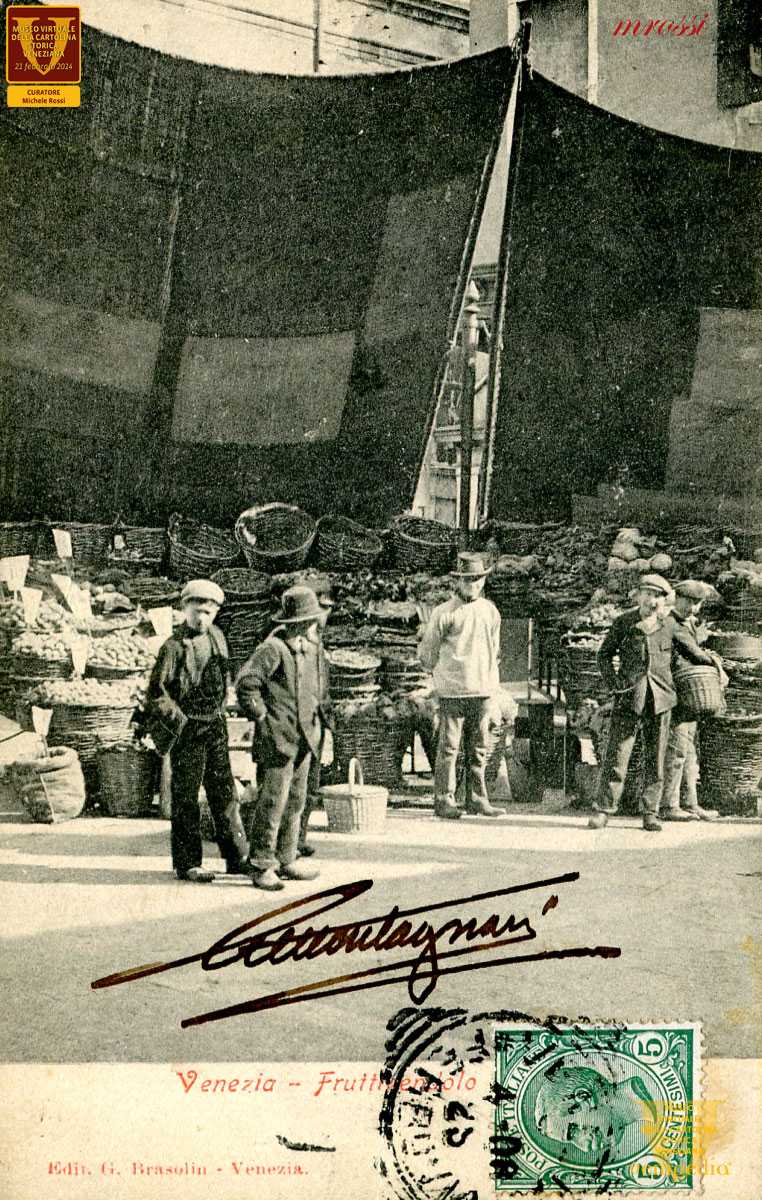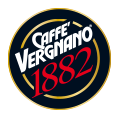Il Mercato di Rialto e l'Erbaria
Line 1, Rialto Mercato. One of the more recent stops for the Venice water bus service. Venetians traditionally travelled to the Rialto Market by gondola or other types of craft, because it served as a place for trading goods even before the construction of the Rialto Bridge, which was originally just a pontoon made up of boats and wooden poles (12th century).
The market was mainly given over to vegetable stalls (the “erbarìa”), and sales of citrus fruit (the “naranseria”), as well as the “pescarìa” and the “beccaria” where fish were traded and animals were butchered.


The building between Campo San Giacometo and Campo Erbaria housed various administrative concerns and private businesses connected to the market.
The following were located in the building: warehouses for storing goods (now home to Caffè Vergnano), a public weighbridge (the site of the current Osteria Al Pesador), and Banco Giro, a real banking institution and the financial heart of the market (nowadays the Osteria Banco Giro).
In more recent times, indeed up to the 1970s, this area was home to the wholesale fruit and vegetable market.
Campo Erbaria was fenced off and the market stalls were set up there.
In the morning, boats came up from islands in the Lagoon and unloaded their fruit and vegetables; these were then stored and handled in the warehouses where Caffè Vergnano stands today.



info@caffevergnanovenezia.com
+39 041 277 09 48
IN.COM. SRL - SESTIERE SAN POLO 127/128/129 - 30125 VENEZIA - PIVA: 03626290278






